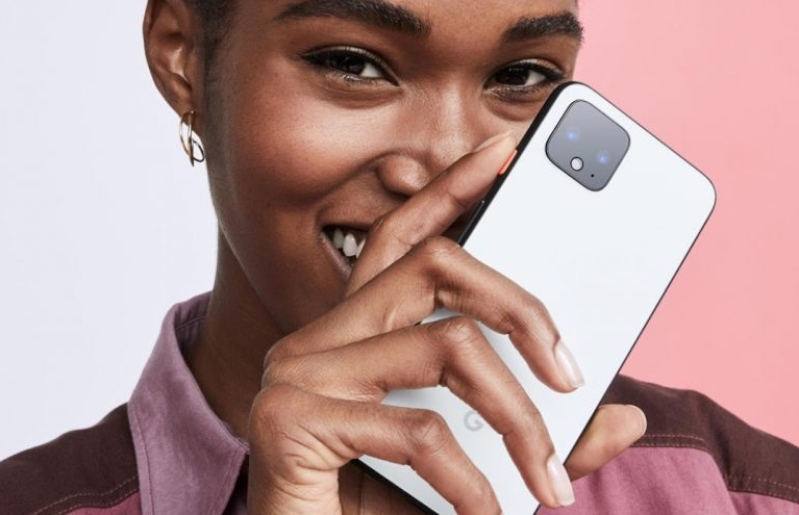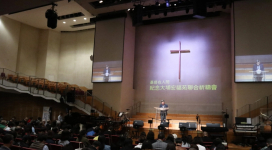
Google's foray into the smartphone arena continues with the announcement of the Google Pixel 4 and Pixel 4 XL. Revealed at the Made by Google 2019 event, one can say that Google had no choice but to ditch the single camera design in order to keep up with the times. After all, software calibration and optimization can only bring you so far.
Both the Pixel 4 and 4 XL will feature a 16MP telephoto lens that offers 2x zoom to work alongside the 12MP Dual Pixel main camera located behind. Definitely nothing groundbreaking, and the handset's rear will also carry a time-of-flight (ToF) sensor.
As for the display itself, both handsets will feature 90Hz displays that can be lowered to 60Hz if you find yourself running low on juice and have no access to a power bank or charger anytime soon. With a large battery capacity essential to keep today's flagship devices running for a full day, Google's newest offerings seem to have missed the memo. The Pixel 4 XL sports a 3,700mAh battery which is average, while the Pixel 4 might lose out on potential buyers as it sports a mere 2,800mAh battery. That simply will not do for today's mobile users.
A pair of lenses behind do not amount to much these days, where three, four or even five lenses are available options. However, Google has always had a knack for squeezing the most out of its smartphone cameras, and it is no different this time around. Live HDR+ enables users to preview HDR+ processed images prior to shooting that moment, while Night Sight delivers improved astrophotography capabilities. Shadows and highlights can be tweaked in the shot itself before capturing an image courtesy of the Dual Exposure feature. Again, there is a lot of software manipulation and optimization that ought to help balance the lack of additional lenses.
Another omission by Google would be having unlimited storage on Google Photos for Pixel phone owners. Perhaps Google realized that such an offer is not viable for the company in the long run, or they could be looking into a subscription-based storage option instead. Each purchase will be accompanied by a 3-month trial period for the Google One service.
Regardless of which particular model you pick, both devices will run on the flagship Qualcomm Snapdragon 855 chipset and boasts the support for 18W fast-charging. Google has laid claim to having the fastest face unlock system on a smartphone to date, relying on a couple of face unlock IR cameras, a dot projector, and a flood illuminator. In addition, Google included a motion-sensing Soli chip that is able to detect hand movements that will let you perform corresponding functions via gestures: this includes manipulating your snooze alarms and alternating between songs, among other tasks.
It is interesting to note that there is no built-in fingerprint reader for the Pixel 4 series, and another turn-off would be the lack of expandable storage. Those who would like something more secure would most probably look elsewhere, as with folks who require copious amounts of storage space while on-the-go. These are the two main drawbacks that would get in the way of the Google Pixel 4 and Pixel 4 XL (US$799 and US$899, respectively), taking into consideration how other offerings in a similar price range do far better in both aspects. It will also drop the 3.5mm headphone jack and does not even arrive with a pair of headphones or adapter. Talk about bare bones packaging!
Pre-orders for the latest generation Pixel handsets is already open, with US availability slated for 24th October. The Pixel 4 and Pixel 4 XL will arrive with Android 10 right out of the box, and will receive at least two years' worth of operating system updates and an additional year of security updates.







